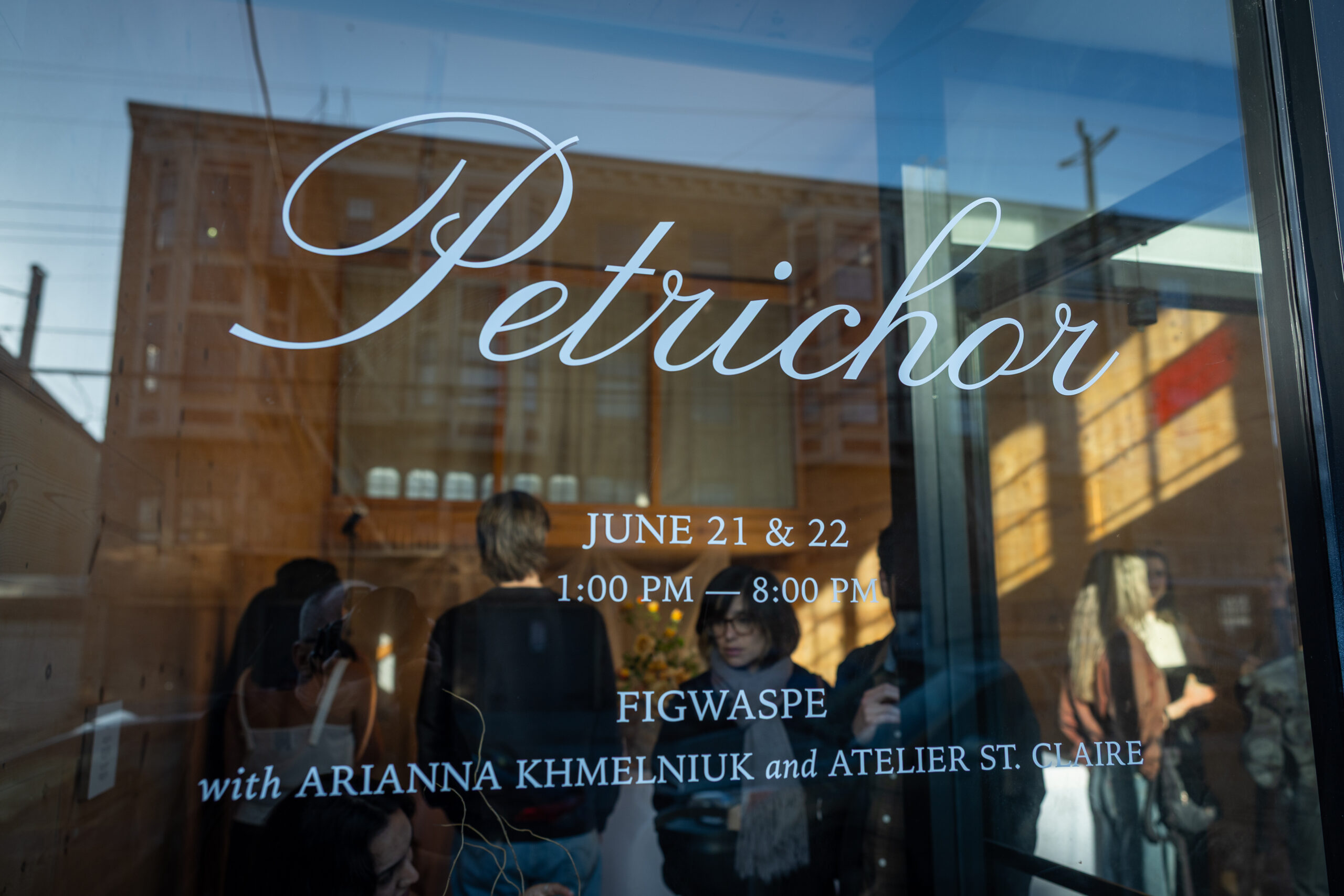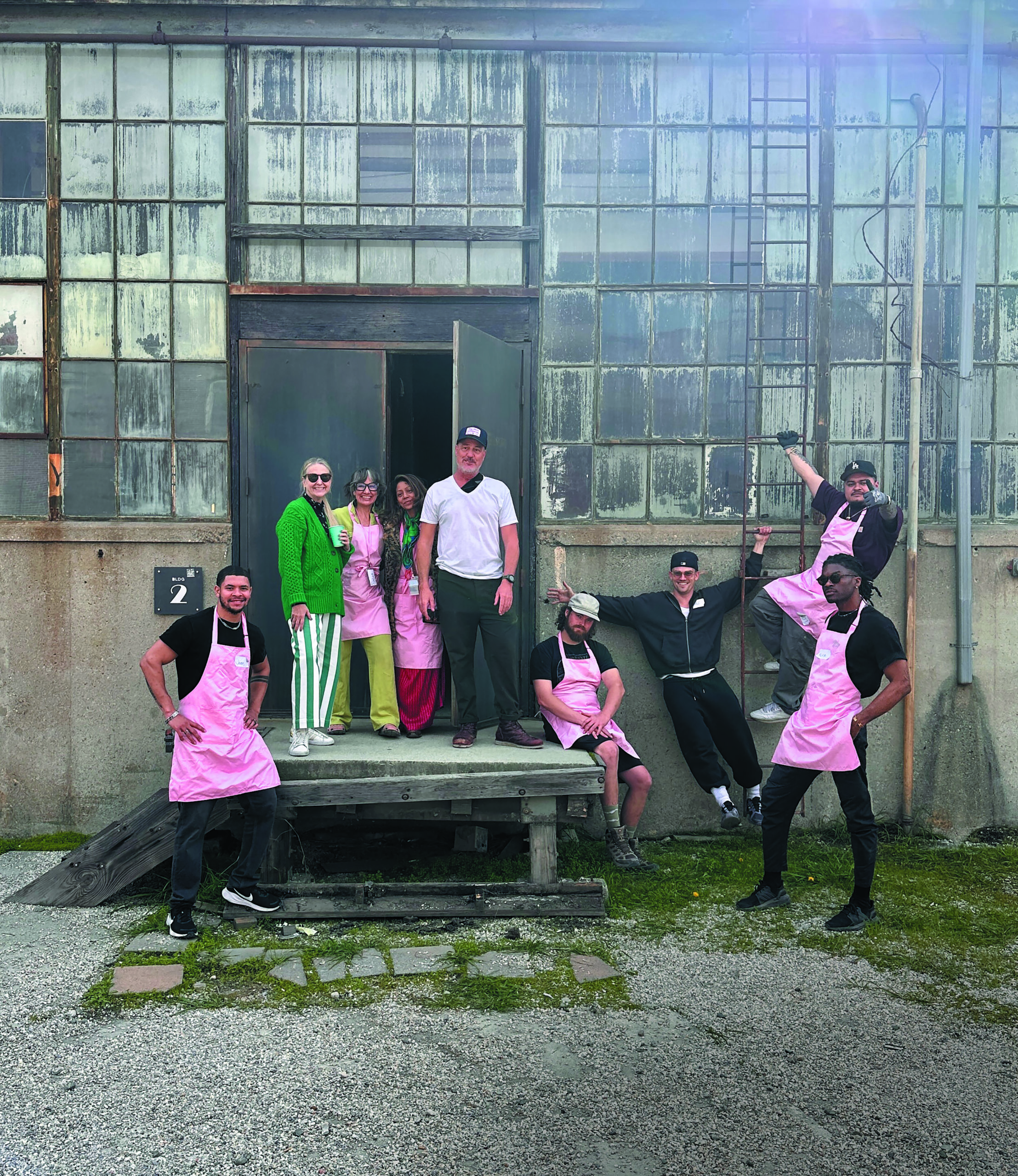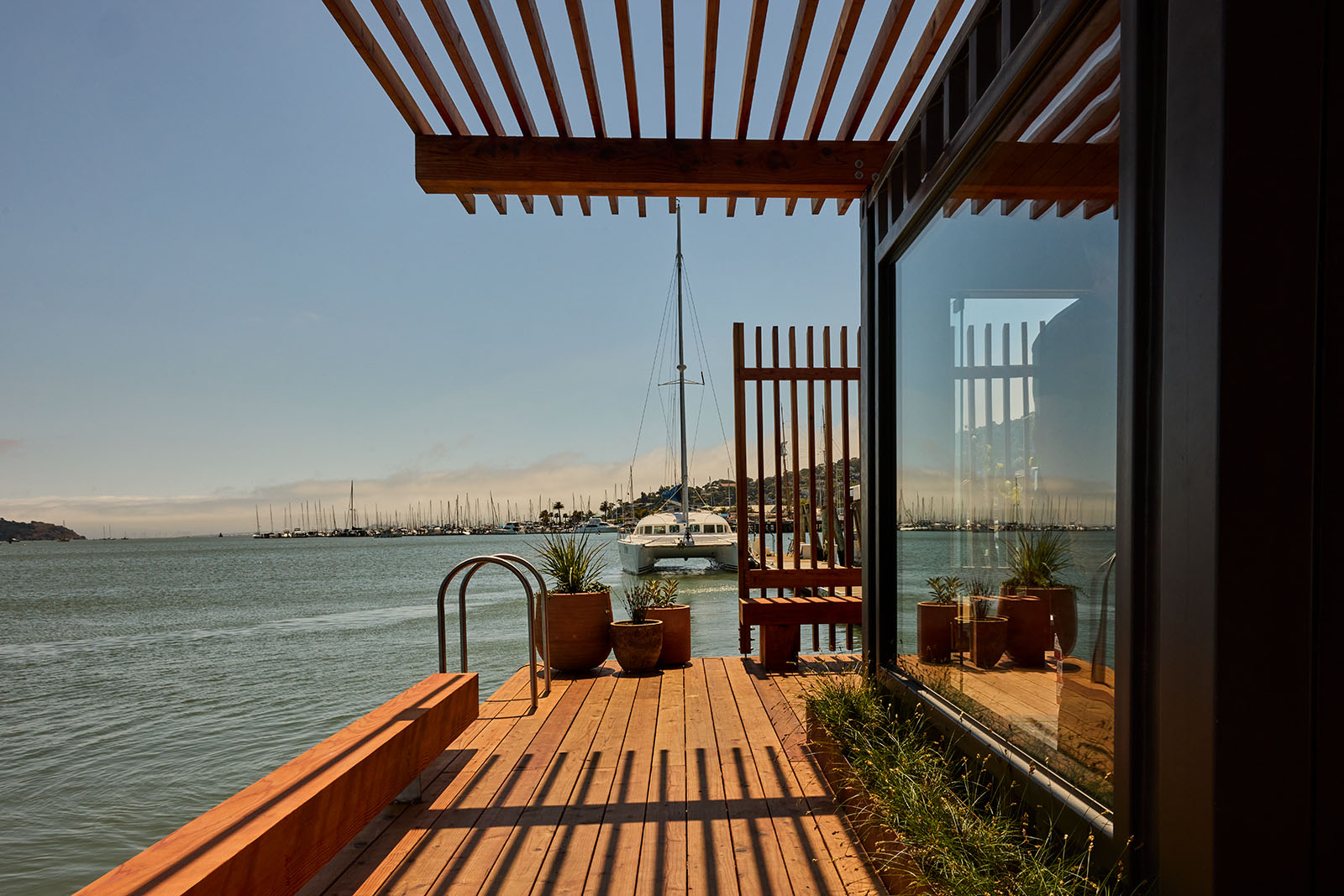Open Studio: Yoko Kubrick
Author:Lindsey ShookThe beauty of a Yoko Kubrick piece will take your breath away. The fluid, organic forms, luxurious materials and scale demonstrate her master training and strength as a sculptor. We sat down with Kubrick to uncover what inspires her work and her life.
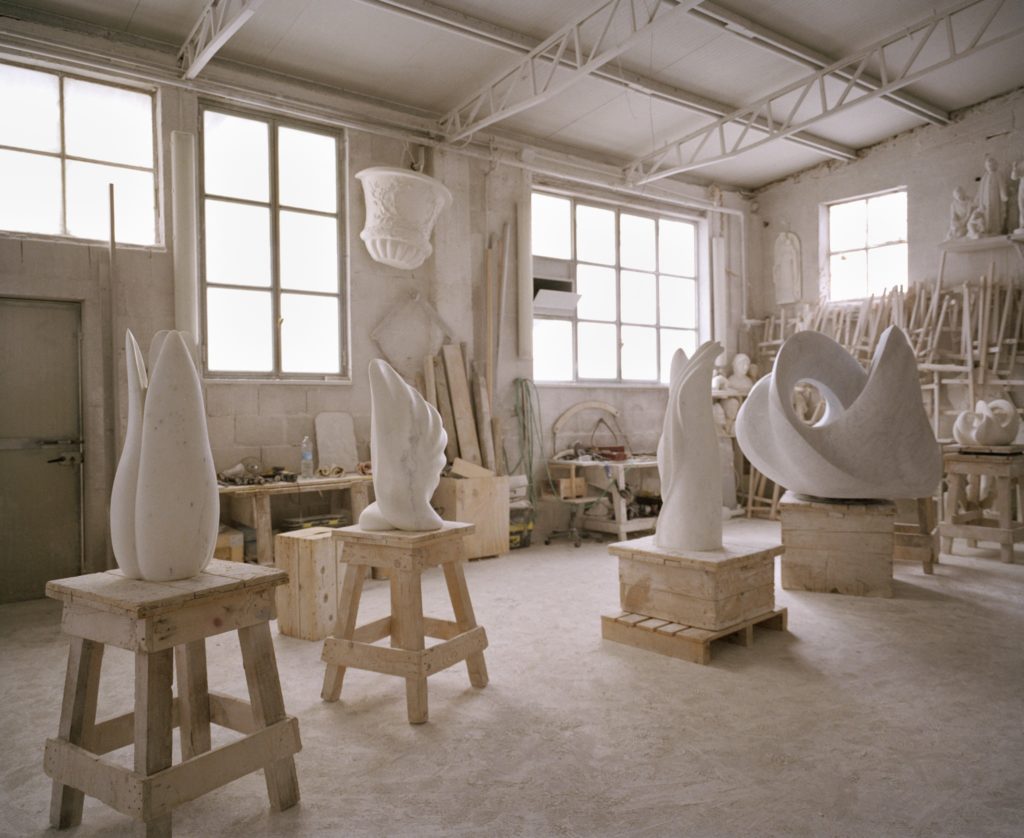
How did you get your start in sculpture? I began as a studio assistant for several years while I took classes at an industrial art school to learn patina, welding, and mold making. I started the study of marble carving in California and moved to Pietrasanta, Italy to immerse myself. I studied at the Accademia di Belle Arti in Carrara for a year before joining a private studio.
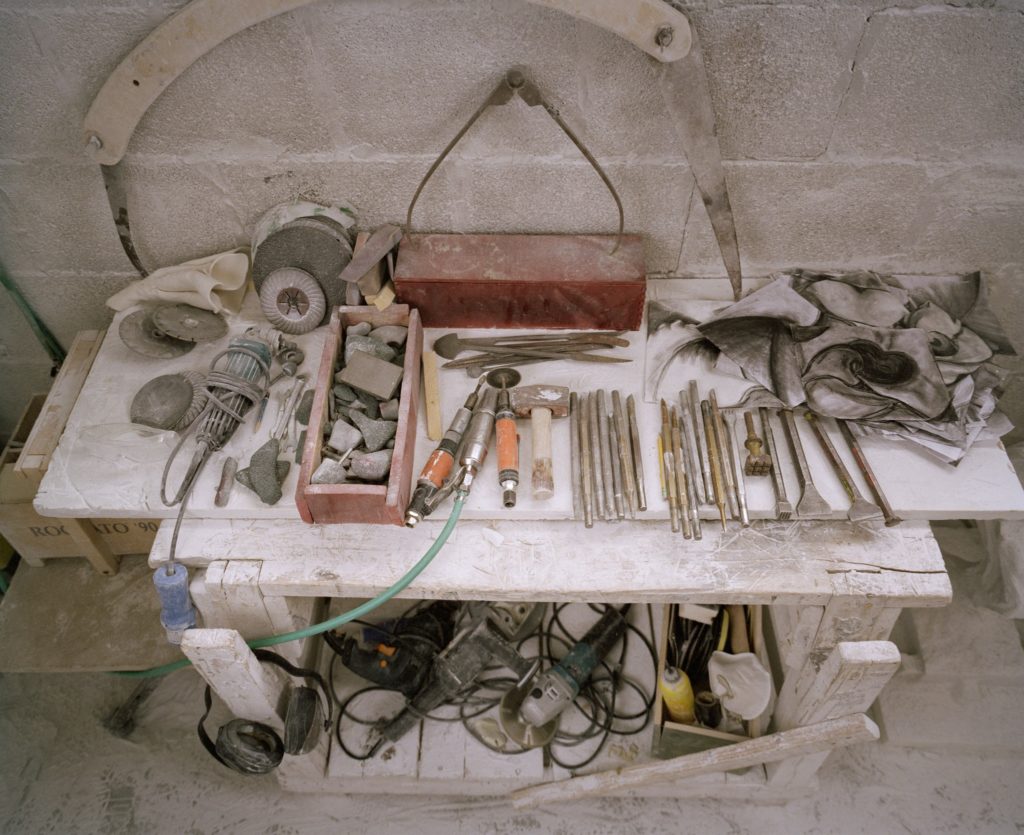
I have been a represented artist at DZINE Gallery for the past three years, where I’ve made original works of sculpture for their exhibitions, participated in their Artists in Conversation events, and have also contributed work to their luxury home staging program. Most recently, I made my public debut at the 2019 San Francisco Decorator Showcase, collaborating with DZINE and Zeterre Landscape Architecture to create six works of sculpture for the redesign of the backyard garden.
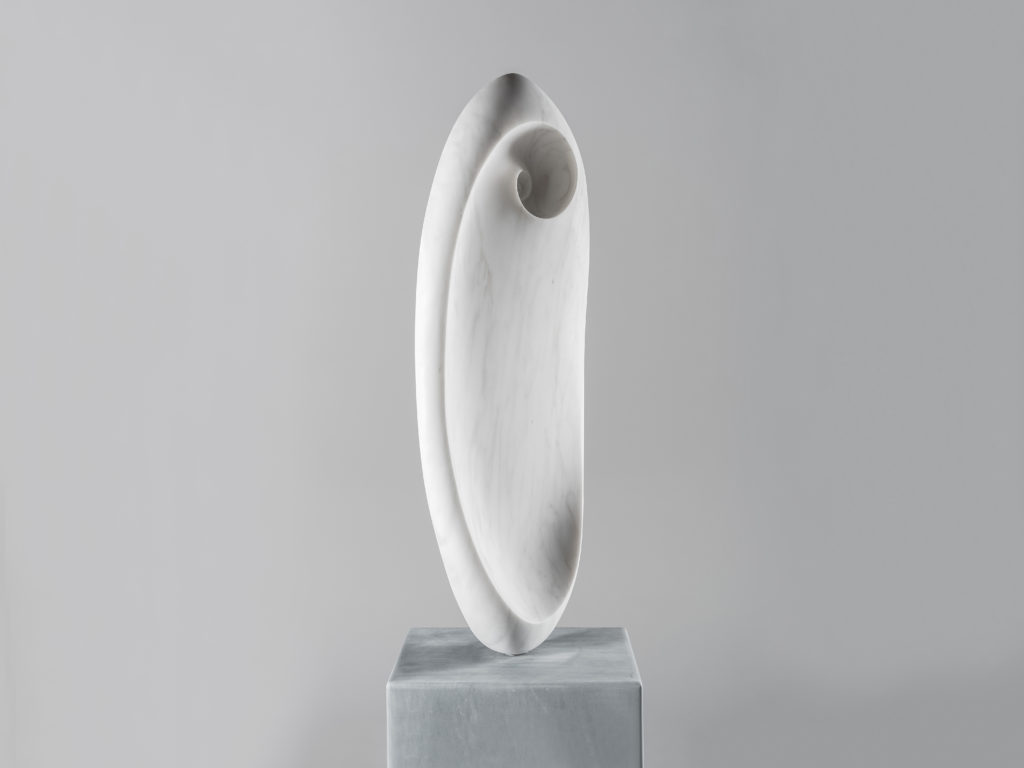
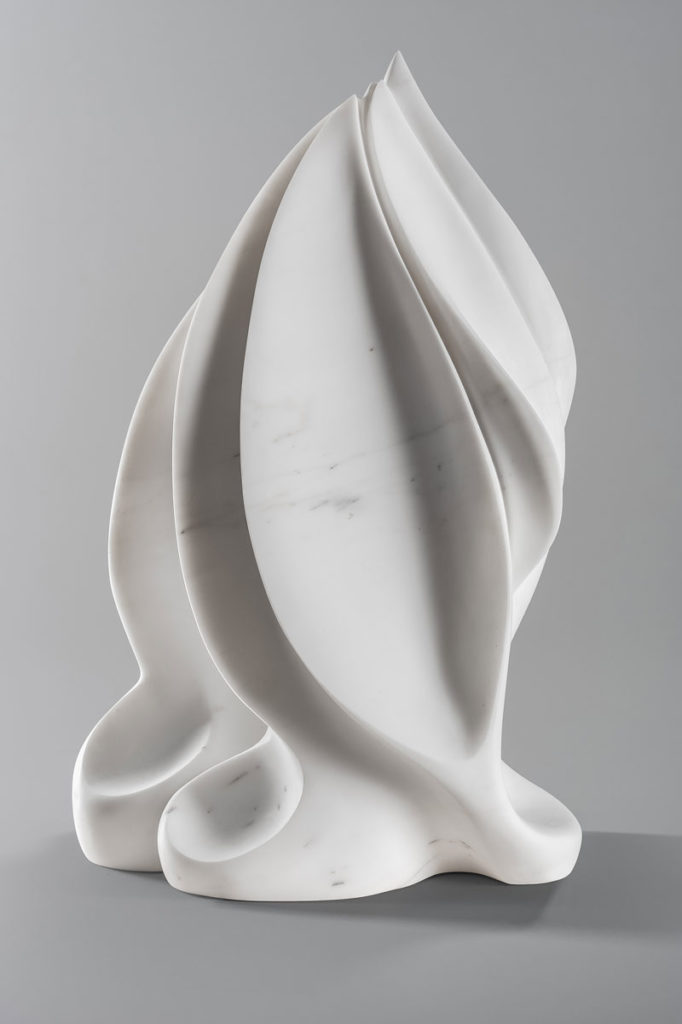
You grew up in Guam, Hawaii, and California — how did each of those places inspire your art? I was always mesmerized by the drama and power of sculpture. As a child, I lived in Guam and Hawaii and California moving back and forth between the three places. I was particularly drawn to the sculptures that had a strong cultural significance in these communities. It was a common thread. In California, we lived in Japantown near the sculptures of Ruth Asawa. In Hawaii, I vividly recall Puʻuhonua o Hōnaunau which is a site of large sacred sculptures on the island of Hawaii. Traditions tell that if a Hawaiian broke the law or “kapu”, he or she could seek refuge and safety at that site and be absolved. In Prague, I remember my grandfather telling me about gargoyles and how they provided protection from evil spirits. I found it fascinating that there was this commonality between cultures so far apart by time and space and so vastly different. Sculpture was a common thread in my young life which I valued amidst frequent change. I continue to be deeply moved by places that can provide power, magic, and safety and have sought to create this in my work.
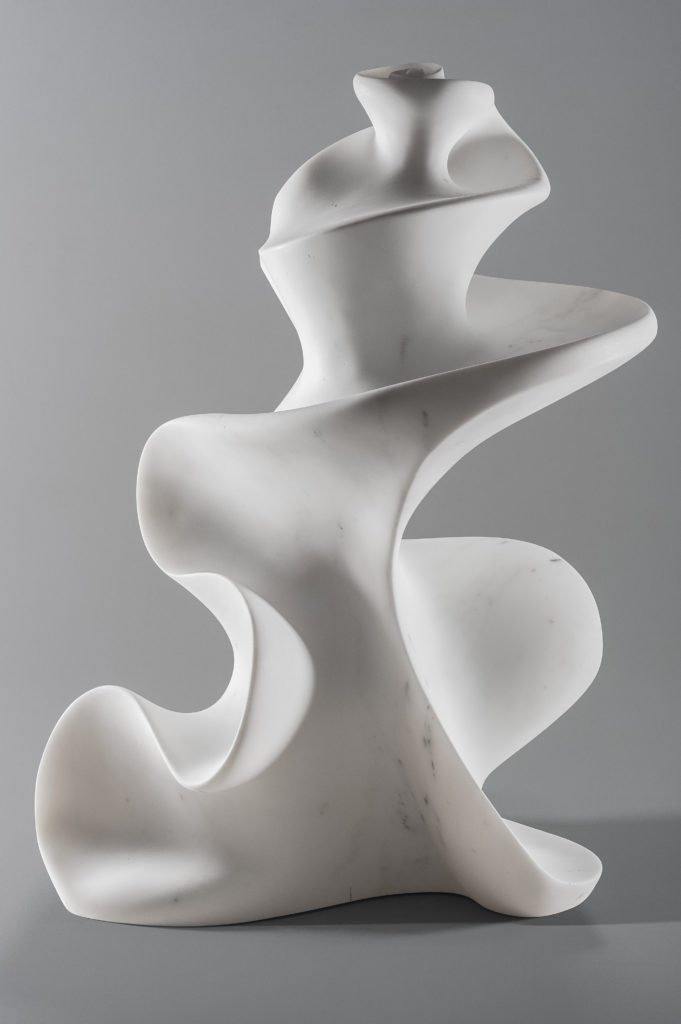
You say your inspiration comes from “the archetypal language of the collective unconscious” — what does that mean to you? I believe that within our collective unconscious we have imprinted a meaning that we universally attribute to shapes. I call this the emotive language of form. For example, across most cultures, an ovoid shape may call to mind comfort, protection, and safety. A spider-like shape might signal feelings of fear. Carl Jung described a similar phenomenon in archetypes that were very similar across different cultures. He believed that these beliefs are core to our humanity. They are passed down by generations and are used to understand ourselves and each other. Mythology, to me, is a reflection of human psychology and I interpret characters and stories into shapes through which I try to convey the overall feelings. My sculptures are psychological portraits expressed through abstraction using shapes and symbols to access the collective unconscious.
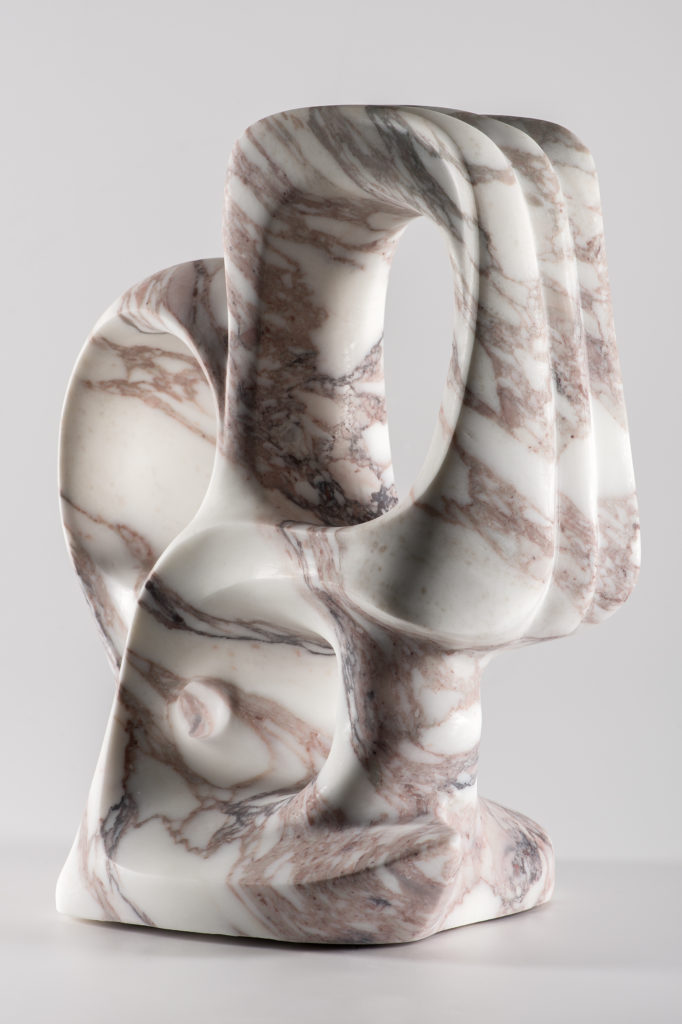
How has working in Pietrasanta affected or inspired your art? There is so much history in Pietrasanta and everyone is connected by a love for marble. Living in Pietrasanta has inspired my love and appreciation for Italian figurative art and the hidden meanings of symbols in sacred art captured my imagination. I didn’t know at the time the impact that visiting the Galleria Borghese in Rome would have on my work. Seeing the incredible sculptures by Bernini and Canova, many of whose works reference classical mythology, inspired me to revisit the literature that I studied in college. The mythologies capture the drama of human psychology and I felt inspired to try to express the feelings of the myths in abstracted forms.
Who are some of your biggest professional role models and why? Antoni Gaudi because he was passionate and completely dedicated to his vision. I also relate to his strong connection with nature. Constantin Brancusi for his perseverance and his contribution to modern sculpture. I love the story about Brancusi traveling on foot for one year from Bucharest to Paris in 1906 in order to pursue sculpture there. Nikoli Tesla for his genius, and obsessive nature. I find that being obsessed with a sculpture that I am creating helps me to become one with it in some way. Werner Herzog for his creativity, and for following his own vision in film making.
Describe your ideal Sunday from AM to PM. My favorite Sunday was spent riding a motorbike through the forests of Bali. That morning, I awoke to the gamelan bell music playing from a nearby temple and walked through the streets which are lined each day with beautiful little flower offerings for spirits. I rode a motor-bike across the island with a Balinese friend to Tenganan Pegringsingan, a remote village where they still live in traditional huts. Tenganan was once thought to be one of the most secluded societies of the archipelago. I went to see this place where they weave baskets by hand as it has been done for generations. I watched them patina baskets by smoking them over a fire and saw them weave silk Ikat cloth on handmade looms. The end of the day was spent at a cafe with a thatched roof and no walls overlooking the rice paddies. I had a freshly cut coconut to drink from and ate rice cakes while enjoying the sunset.
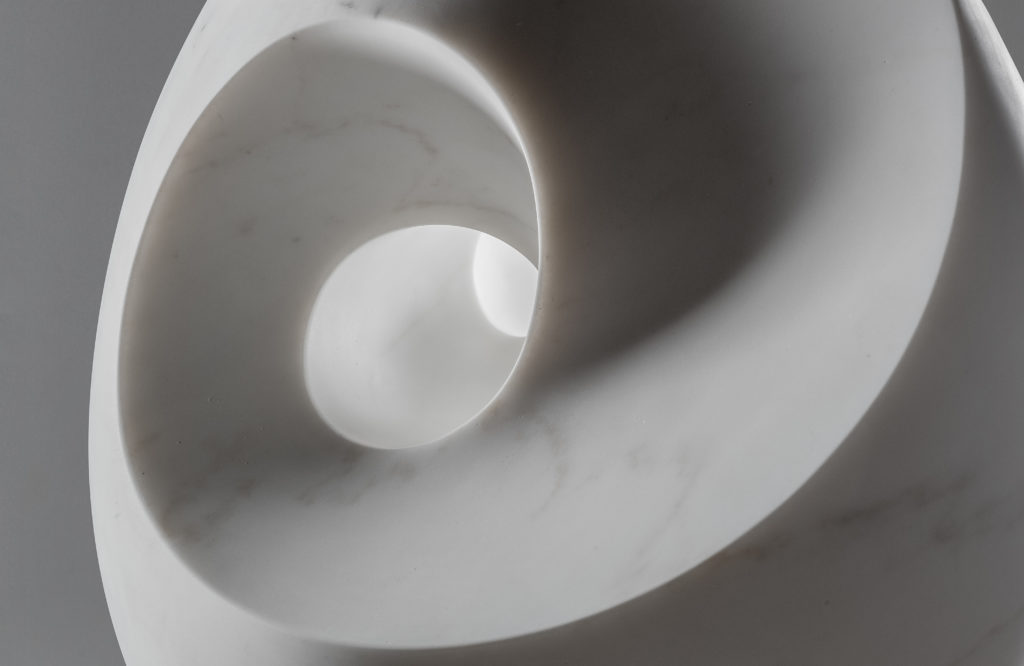
Must-have movie snack? I love Japanese snacks… rice crackers, nori strips, Japanese teas.
Favorite book? The Sixteen Pleasures by Robert Hellenga, and Tales of a Shaman’s Apprentice, which is an incredible book about an ethnobotanist and his search for medicinal plants in the Amazon rainforest.
Current celebrity crush? If I could have dinner with anyone past or present I would choose Nikoli Tesla who is one of the most creative minds that ever lived.
Go-to drink order? Yerba mate, iced teas.
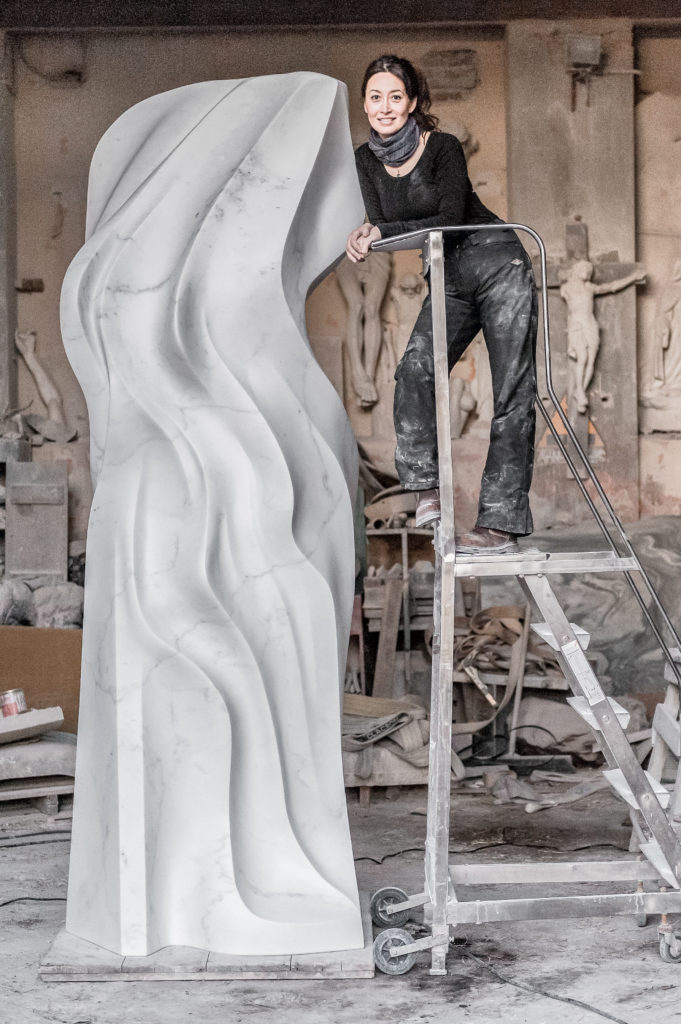
Yoko Kubrick’s works of sculpture are on view at DZINE Gallery in San Francisco. For more information, please visit www.dzinegallery.com or call 415-674-9430.”
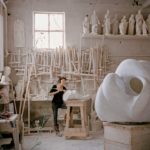

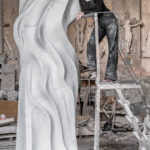
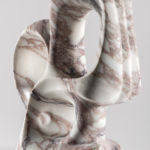
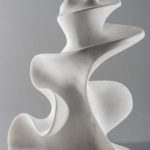
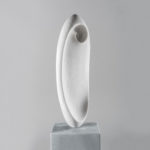
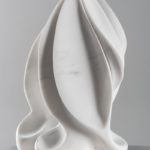
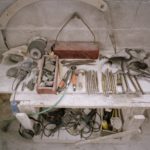
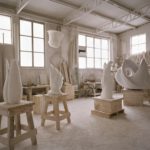
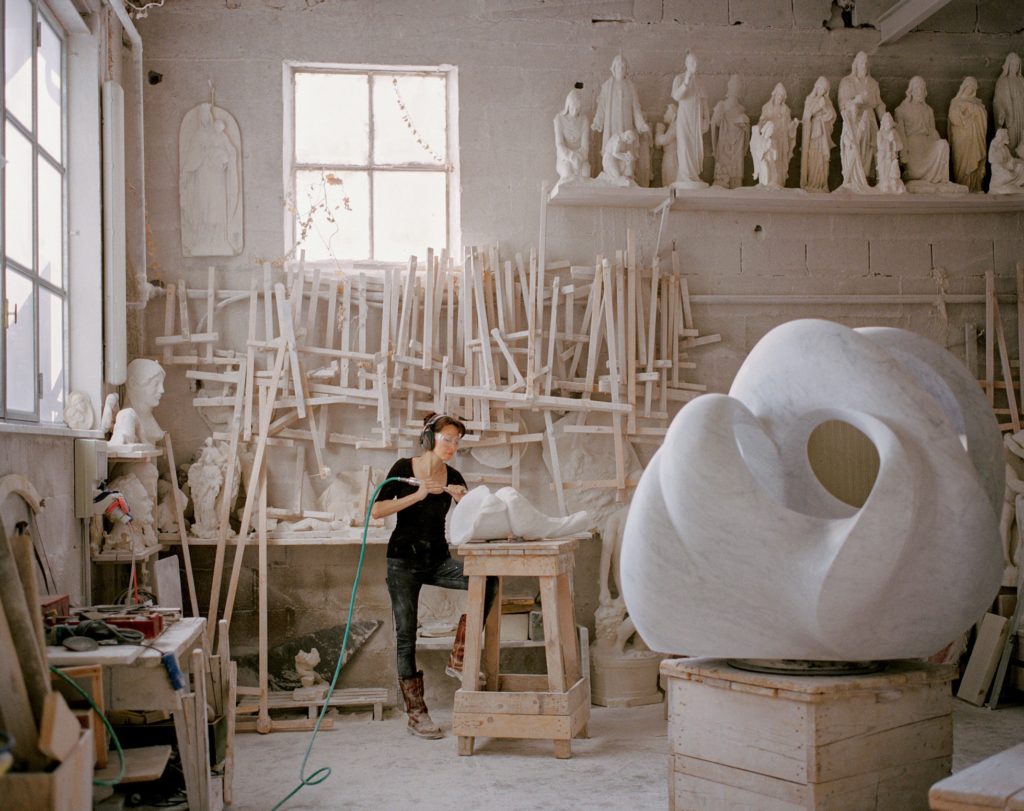 Photo by Diego Mayon for “The New York Times Style Magazine”
Photo by Diego Mayon for “The New York Times Style Magazine”